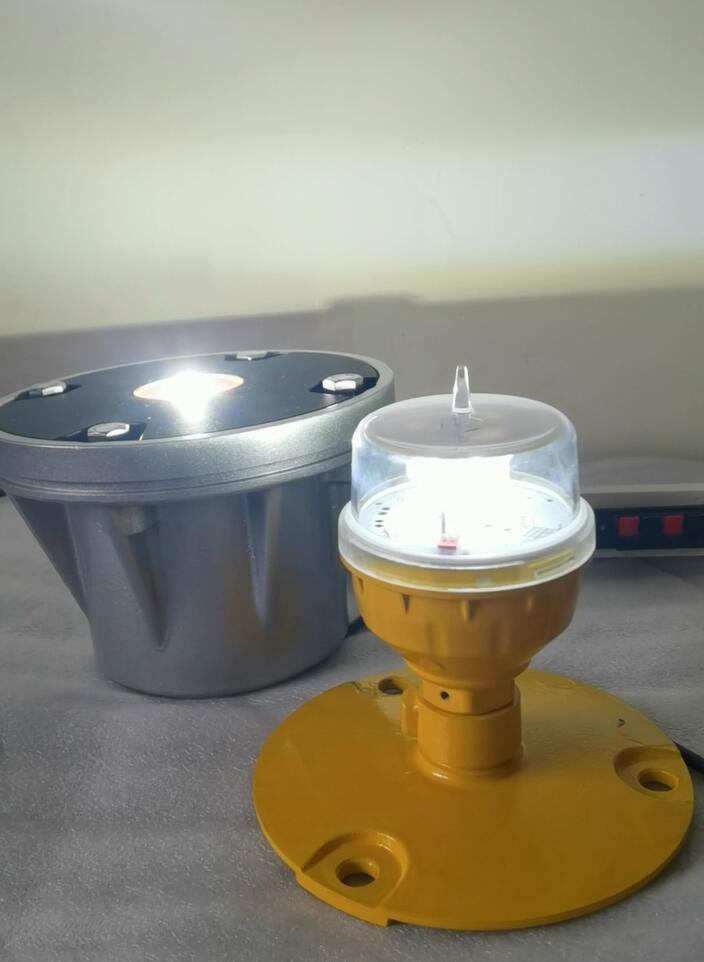Helicopters are remarkable machines that offer swift and efficient transportation in various situations. Whether for emergency medical services, corporate travel, or military operations, heliports play a crucial role in facilitating these flights. And at the heart of a safe and functional heliport is its lighting system.
Heliport lighting is essential for several reasons. Firstly, it provides visibility for pilots during both day and night operations. In the darkness of night or in adverse weather conditions, proper lighting helps pilots identify the heliport's location, boundaries, and approach paths. Without it, landing a helicopter could be extremely dangerous and even impossible.
The different types of heliport lighting serve specific purposes. Perimeter lights outline the edges of the heliport, making it visible from a distance. Approach lights guide the pilot as they approach the heliport, ensuring a safe descent. Taxiway lights assist in directing the helicopter after landing, enabling it to move safely to its designated area.
Moreover, heliport lighting must meet strict standards and regulations to ensure safety. Aviation authorities around the world have specific requirements for the brightness, color, and placement of lights. This is to ensure that pilots can rely on the lighting system to provide accurate and consistent guidance.

Modern heliport lighting systems often utilize advanced technologies such as LED lights. LED lights offer several advantages over traditional lighting sources. They are more energy-efficient, have a longer lifespan, and can be programmed to provide different intensities and colors. This flexibility allows heliport operators to customize the lighting according to their specific needs.
| Heliport Lighting | TOP |
In addition to safety, heliport lighting also plays a role in enhancing the efficiency of operations. A well-lit heliport allows for quicker turnaround times, as pilots can easily identify and access the landing area. This is particularly important in emergency situations where every second counts.
Maintenance of heliport lighting is also crucial. Regular inspections and testing are necessary to ensure that all lights are functioning properly. Faulty lights can pose a serious safety hazard and must be repaired or replaced promptly.
In conclusion, heliport lighting is a critical component of helicopter operations. It provides the necessary visibility and guidance for pilots, ensuring safe and efficient flights. As technology continues to advance, we can expect heliport lighting systems to become even more sophisticated and reliable. By investing in high-quality heliport lighting, we can illuminate the skies and ensure the safety of those who rely on helicopters for transportation.